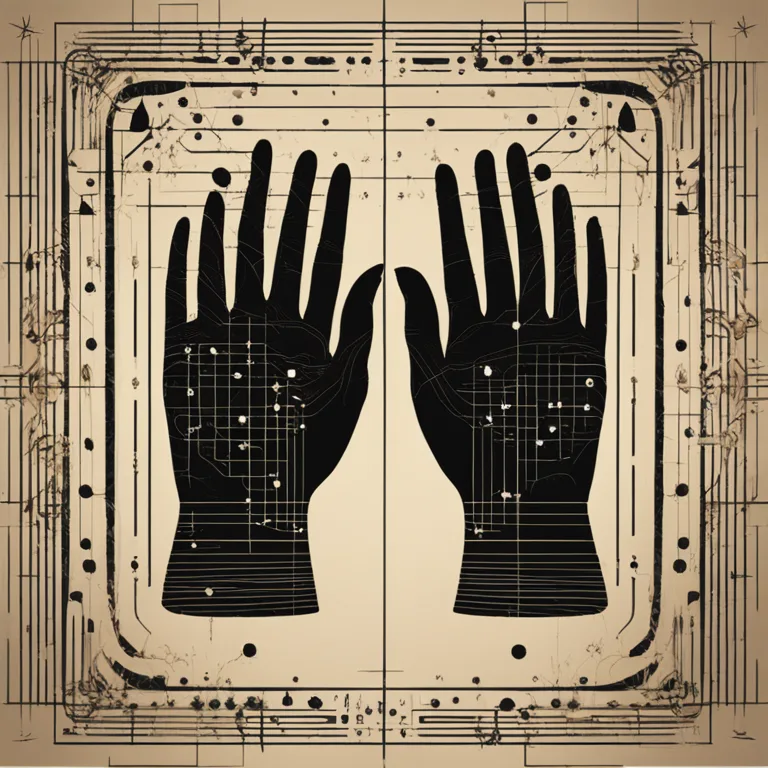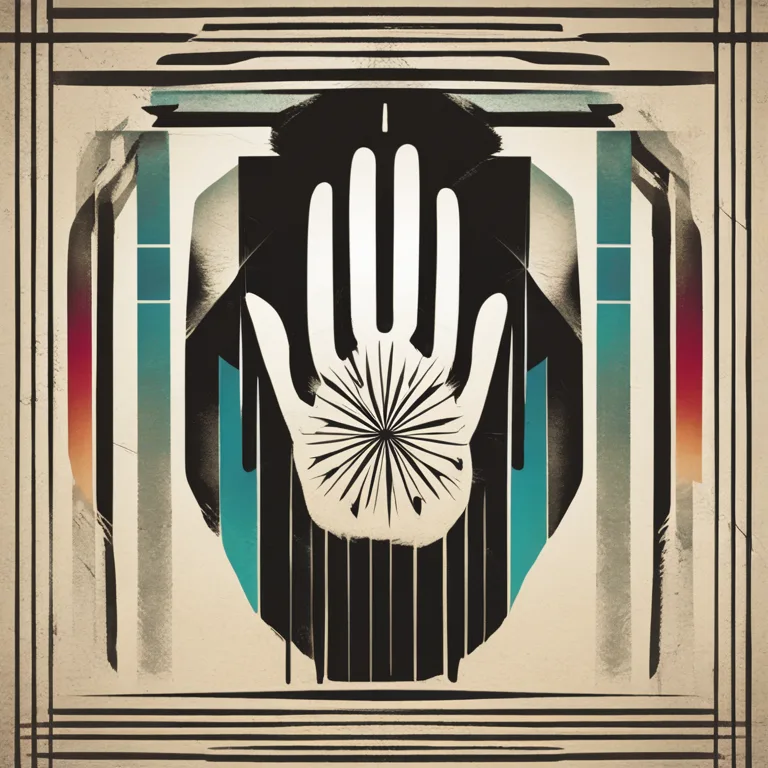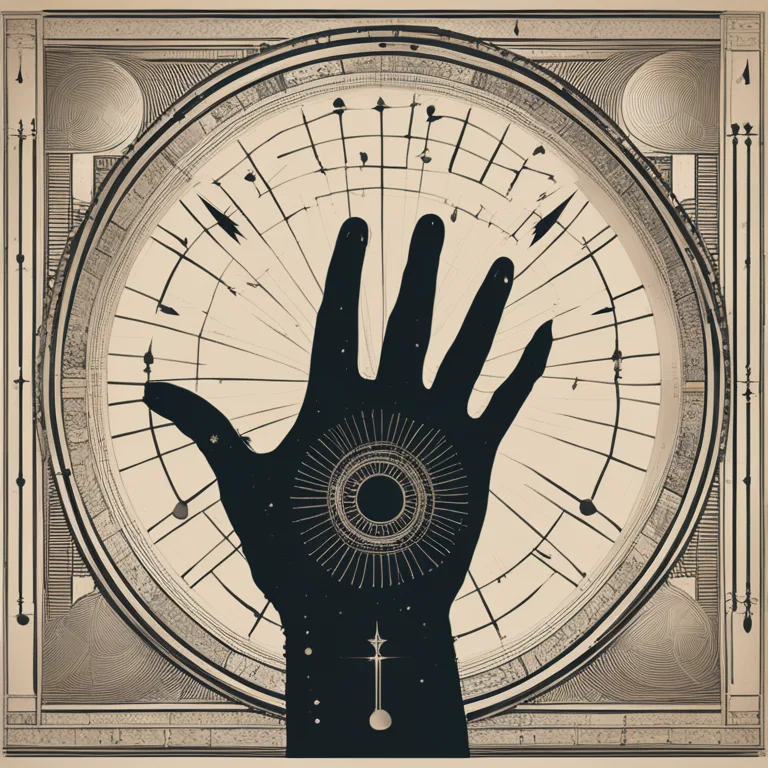
Palmistry Symbols and Their Significance
Delve into the meaning of palmistry symbols with our comprehensive guide, revealing the secrets beneath your fingertips.
article by Nora Pennington
The Art of Palmistry
Palmistry, or chiromancy, has been a form of divination for millennia, giving insight into one's character and future through the study of the palm. Within the intricate lines and mounts on our hands lie symbols that palmists interpret, offering guidance and foresight. As we advance in our understanding of this ancient practice, it is essential to stay current with the contemporary interpretations and methods relevant to palmistry in 2024 and beyond.

Lines of Life, Head, and Heart
The three major lines in palmistry are the lifeline, head line, and heart line. These lines are believed to represent vitality, intellect, and emotions, respectively. A strong, deep lifeline can indicate a robust disposition, while breaks may suggest health challenges. The head line's clarity and length denote intellectual tendencies, and the heart line unveils the strength of one's emotional and romantic life. Variations including chains, forks, or islands in these lines can have significant alternate interpretations in modern analysis.

Mounts and Their Meanings
The mounts of the palm—fleshy pads beneath the fingers—relate to different aspects of personality, as aligned with astrology. For instance, the Mount of Venus beneath the thumb signifies love and passion, whereas the Mount of Jupiter under the index finger symbolizes ambition and leadership. The interpretation of these mounts combines the traditional knowledge with current psychological understanding to provide relevant insights.

Decoding the Minor Lines
While the major lines attract the most attention, the minor lines, such as the fate line and the sun line, also hold critical information. A profound fate line can suggest a life strongly influenced by destiny, while its absence might mean the person carves their path. As palmistry evolves, these interpretations adapt, considering the nuances of modern lifestyles and individual choices. Furthermore, the sun line, running parallel to the fate line, can indicate fame and success, with contemporary interpretations considering its relationship with digital influence and presence.

Symbolism of Hand Shape and Fingers
The shape of the hand and fingers provides additional context in palm reading, with each type (earth, air, fire, and water) imparting specific attributes. Earth hands with broad, square palms suggest practicality, whereas air hands with long fingers highlight intellectualism. Fiery hands are characteristic of dynamism, whereas water hands imply empathy. The current approach to palmistry appreciates the fluidity of personality, reflecting our dynamic digital era's influence on identity.
Special Markings and Their Insights
Special markings such as crosses, stars, and triangles possess their unique language in palmistry lore. A star on one's palm can signify moments of brilliance, whereas a triangle might represent a person's potential for genius. Crosses may uncover significant life challenges or turning points. The evolving cultural context allows palmists to interpret these symbols in a contemporary light, correlating traditional meanings with the intricacies of the modern human experience.
Published: 1/3/2024
Modified: 1/3/2024
More predictions
Come back here soon to learn more about yourself and your future


The Precision of Palmistry: Myth or Reality?
Investigating the accuracy of palmistry, this article scrutinizes its historical context and modern application to understand its potential as a tool for personal insight.


The Lines of Health in Palmistry: Insights and Meanings
Discover the significance of the health line in palmistry and what it may reveal about your wellbeing and vitality within the grooves of your palms.


The Secrets Of Palmistry Revealed
Delve into the ancient art of palmistry and learn to read the stories etched in the lines of your hands.